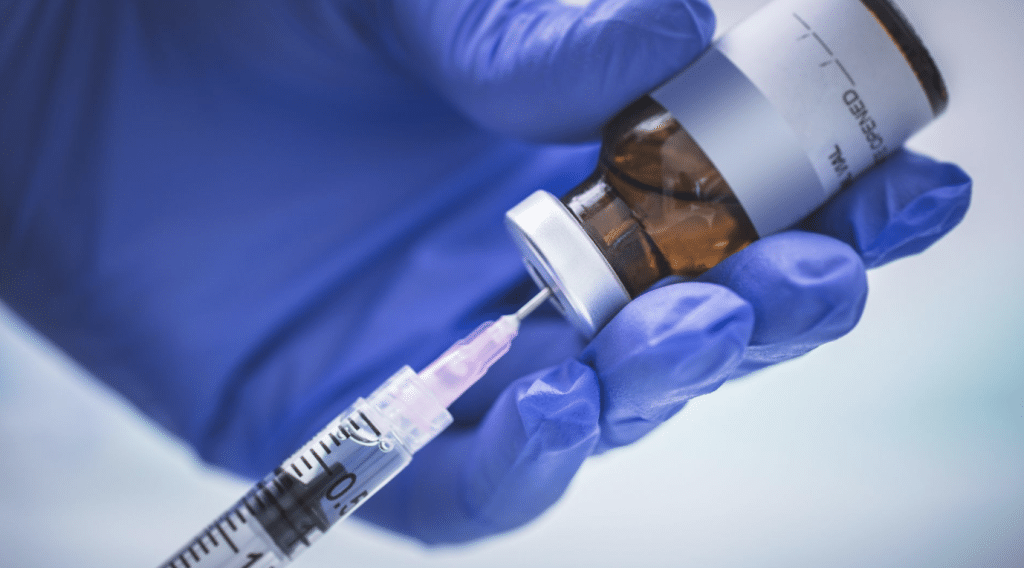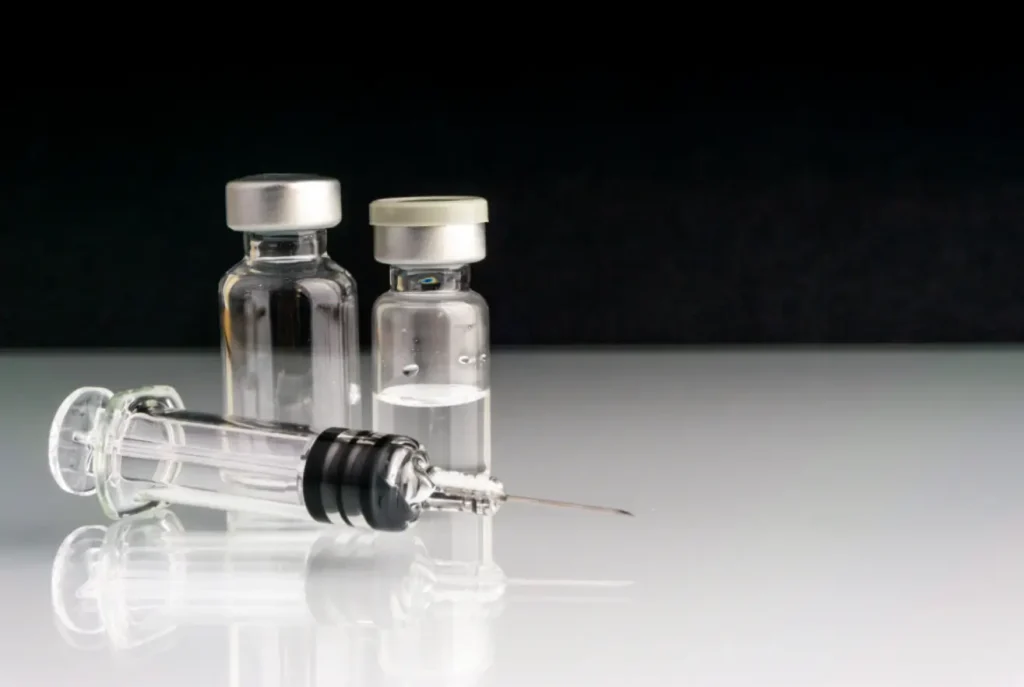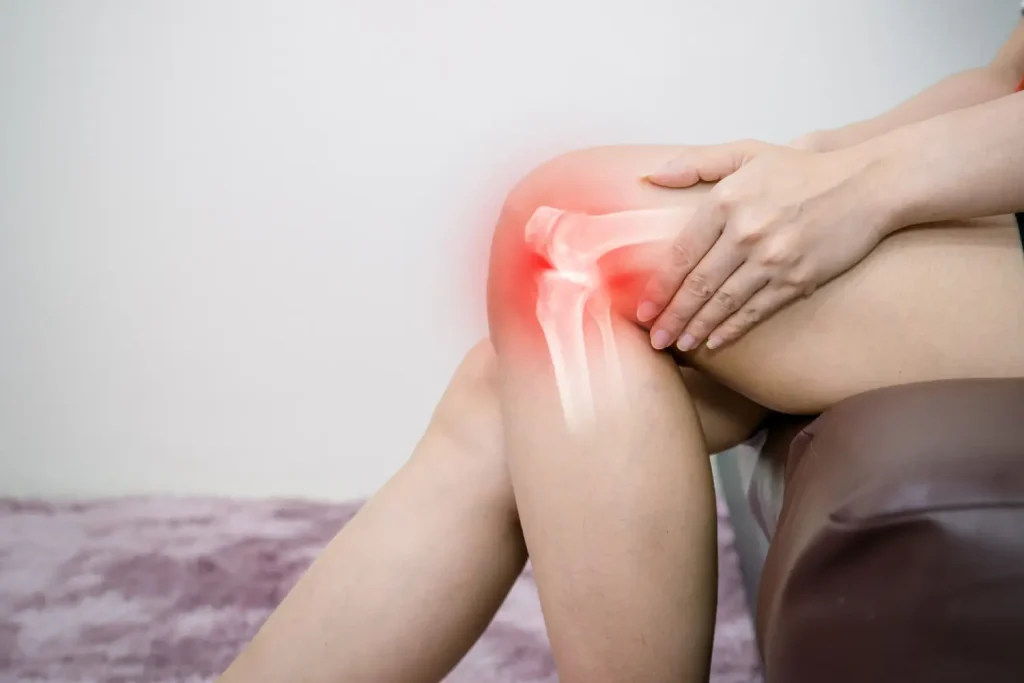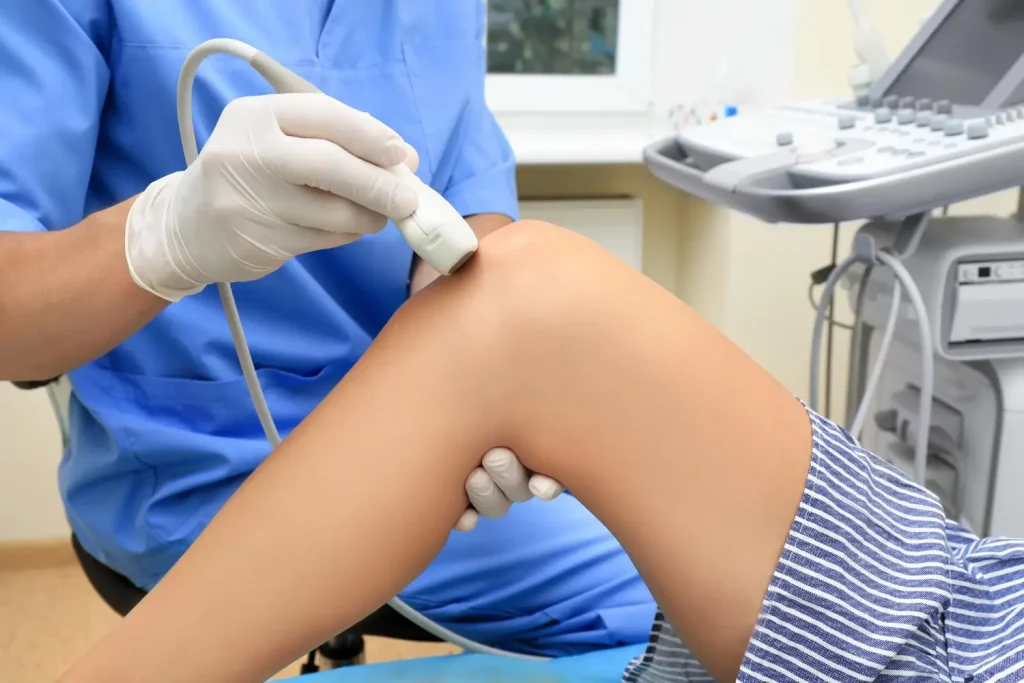Human Papillomavirus (HPV) is a common viral infection that can lead to cervical cancer, genital warts, and other malignancies. Fortunately, more than 15 years of monitoring and research have accumulated reassuring evidence that HPV vaccination provides safe, effective, and long-lasting protection against cancers caused by HPV infections.
Gardasil and Cervarix are two leading HPV vaccines designed to protect against high-risk HPV types. Gardasil offers broader protection by targeting nine HPV strains, including those that cause genital warts, while Cervarix focuses on two key cancer-causing strains, HPV 16 and 18.
In this article, we will compare Gardasil and Cervarix, examining their efficacy, safety profiles, dosing schedules, and key differences to help you make an informed decision.
Key Takeaways
- Gardasil and Cervarix are vaccines designed to protect against high-risk HPV strains, including those responsible for cervical cancer.
- Gardasil provides broader protection by targeting nine HPV types, including those that cause genital warts, while Cervarix focuses specifically on preventing HPV types 16 and 18.
- Both vaccines play a crucial role in reducing the global burden of HPV-related diseases, including cervical cancer.
- Clinical studies have shown both vaccines to be highly effective in preventing HPV-related conditions, with Gardasil demonstrating nearly 100% efficacy in preventing cervical precancers caused by HPV types 16 and 18.
About: Medical Spa RX provides medical practices with premium products at the best prices. If you’re looking to order Gardasil online for your practice, the sales representatives at Medical Spa RX can give you guidance.
Introduction to Gardasil and Cervarix
Human papillomavirus (HPV) is a common virus that can lead to various cancers, including cervical cancer. HPV types 16 and 18 are responsible for approximately 70% of cervical cancer cases. Both Gardasil and Cervarix are vaccines developed to protect against these high-risk HPV strains, helping to reduce the incidence of HPV-related cancers.
Gardasil and Cervarix are key vaccines used worldwide to combat HPV. Gardasil provides broader protection by targeting nine HPV types, including those that cause genital warts, while Cervarix focuses specifically on preventing HPV types 16 and 18. Although the vaccines primarily guard against the most cancer-causing strains, they also offer some cross-protection against other high-risk types, such as HPV 31, 33, and 45.
These vaccines play a crucial role in reducing the global burden of HPV-related diseases. However, despite their effectiveness, access remains limited in many low-income countries, where vaccination rates are low, with only about one percent of eligible girls completing the full series.
Composition and Protection

When it comes to safeguarding against the human papillomavirus (HPV), Gardasil and Cervarix each play a critical role. Let’s dissect their compositions and explore the protection they provide.
Gardasil
- Composition: Gardasil contains virus-like particles (VLPs) derived from four or nine HPV strains, depending on the version. These VLPs mimic the structure of the actual virus without causing infection. The vaccine includes protection against:
- HPV types 6 and 11 (responsible for most genital warts)
- HPV types 16 and 18 (linked to approximately 70% of cervical cancers)
- Additional strains in Gardasil 9: 31, 33, 45, 52, and 58
- Protection: Gardasil’s broad spectrum covers both cancer-causing and wart-inducing HPV strains. By stimulating the immune system, it trains our defenses to recognize and neutralize these viral invaders. Think of it as a comprehensive security system for your cells.
Cervarix
- Composition: Cervarix contains VLPs from only two high-risk HPV strains:
- HPV type 16
- HPV type 18
- Protection: While Cervarix targets fewer strains, it hones in on the most notorious culprits behind cervical cancer. Eliciting a robust immune response provides targeted defense against these specific threats.
Mechanism of Action and Clinical Efficacy

Gardasil works by stimulating the body to produce neutralizing antibodies that specifically target HPV types 16, 18, 6, and 11. These antibodies prevent the virus from entering and infecting cells, reducing the risk of HPV-related diseases, such as cervical, anal, and vulvar cancers, as well as genital warts.
Gardasil also offers partial protection against other high-risk HPV strains like types 31, 33, and 45, enhancing its efficacy in preventing a broader range of HPV-related conditions.
Clinical studies have shown Gardasil to be highly effective, with trials demonstrating nearly 100% efficacy in preventing cervical precancers caused by HPV types 16 and 18. The vaccine’s ability to induce a strong immune response makes it a powerful tool in reducing the incidence of HPV-related diseases.
Meanwhile, Cervarix targets the immune system directly by encouraging the body to produce antibodies against HPV types 16 and 18, which are the primary strains associated with cervical cancer.
The vaccine uses a unique adjuvant, AS04, to enhance the body’s immune response, ensuring a more robust and long-lasting defense against these high-risk HPV types. Once these antibodies are present, they prevent the virus from infecting cells, significantly reducing the risk of developing HPV-related cancers.
Clinical trials, such as the PATRICIA study, have demonstrated that Cervarix provides near-total protection against persistent infections and precancerous changes caused by HPV 16 and 18. Additionally, Cervarix offers some cross-protection against other high-risk strains, making it a highly effective vaccine against cervical cancer.
Benefits, Side Effects, and Age Groups

| Gardasil | Cervarix | |
| Benefits | Protects against HPV types 6, 11, 16, 18 (Gardasil) and 9 types in Gardasil 9. Prevents cervical, vulvar, vaginal, and anal cancers. Reduces risk of genital warts. Offers some cross-protection against other high-risk HPV types. | Protects against high-risk HPV types 16 and 18. Focuses primarily on preventing cervical cancer. Provides some cross-protection against other high-risk HPV types like 31 and 45. |
| Side Effects | Common: Pain, swelling, redness at the injection site, headaches, fever. Less common: Dizziness, nausea, muscle or joint pain. Rare: Severe allergic reactions. | Common: Pain, swelling, and redness at the injection site, fatigue, headache, fever. Less common: Gastrointestinal symptoms like nausea. Rare: Allergic reactions, fainting. |
| Age Groups | Routine vaccination recommended at age 11–12 years (can start as early as age 9) Catch-up vaccination for females and males up to age 26 years | Recommended for females aged 9–25 years Shared clinical decision-making for individuals aged 26–45 years |
Clinical Studies and Patient Reviews

Clinical studies have extensively compared Gardasil and Cervarix, highlighting their effectiveness in preventing HPV-related diseases.
- Gardasil has been studied in clinical trials with over 15,000 females and males. It has demonstrated efficacy against HPV types 6, 11, 16, and 18, reducing cervical cancer risk and preventing genital warts. Its safety profile has also been tested rigorously and found to be favorable.
- Cervarix has also been investigated in trials, with one observing its effects in over 30,000 females. It has a focused defense against high-risk strains 16 and 18, the primary culprits behind cervical cancer. Its safety and efficacy has also been well-established.
Patient reviews reflect positive experiences with both vaccines, with many reporting minimal side effects like mild pain at the injection site and temporary redness. Parents often praise Gardasil for its comprehensive protection, aligning with the Gardasil prescribing information emphasizing its broad-spectrum coverage against multiple HPV strains.
Similarly, users of Cervarix appreciate its targeted approach against cancer-causing HPV types, with some preferring it for its slightly higher efficacy against the primary cancer strains.
Conclusion
Gardasil and Cervarix are both effective vaccines that combat HPV, but they offer different protections. Gardasil covers a broader range of HPV types, including those that cause cancer and genital warts, while Cervarix targets explicitly the two most common cancer-causing strains, HPV 16 and 18.
Both vaccines are clinically proven to reduce the risk of HPV-related diseases, with unique benefits, side effects, and recommended age groups. The choice between Gardasil and Cervarix should be guided by individual health needs and a healthcare provider’s recommendations.
FAQs
1. What are Gardasil and Cervarix?
Gardasil and Cervarix are vaccines designed to protect against the human papillomavirus (HPV), a leading cause of cervical cancer.
2. How do these HPV vaccines compare?
While both Gardasil and Cervarix offer protection against HPV, they differ in the specific types of HPV they target. Additionally, their side effects may vary.
3. Which vaccine is more effective – Gardasil or Cervarix?
The effectiveness of each vaccine can depend on individual factors such as age, health status, and previous exposure to HPV. For personalized advice, it’s best to consult with a healthcare provider.
4. Are there any notable differences between Gardasil and Cervarix?
Apart from targeting different strains of HPV, one significant difference is that Gardasil also protects against genital warts while Cervarix does not.
References
CDC. HPV Vaccine Safety and Effectiveness Data. Human Papillomavirus (HPV). Published 2024. Accessed August 30, 2024. https://www.cdc.gov/hpv/hcp/vaccination-considerations/safety-and-effectiveness-data.html
National Cancer Institute. (2023). HPV vaccines to prevent cervical cancer and other HPV-associated cancers. National Institutes of Health. https://www.cancer.gov/about-cancer/causes-prevention/risk/infectious-agents/hpv-vaccine-fact-sheet
Herrin, D. M., Coates, E. E., Costner, P. J., Kemp, T. J., Nason, M. C., Saharia, K. K., Pan, Y., Sarwar, U. N., Holman, L., Yamshchikov, G., Koup, R. A., Pang, Y. Y., Seder, R. A., Schiller, J. T., Graham, B. S., Pinto, L. A., & Ledgerwood, J. E. (2014). Comparison of adaptive and innate immune responses induced by licensed vaccines for Human Papillomavirus. Human vaccines & immunotherapeutics, 10(12), 3446–3454. https://doi.org/10.4161/hv.34408





















